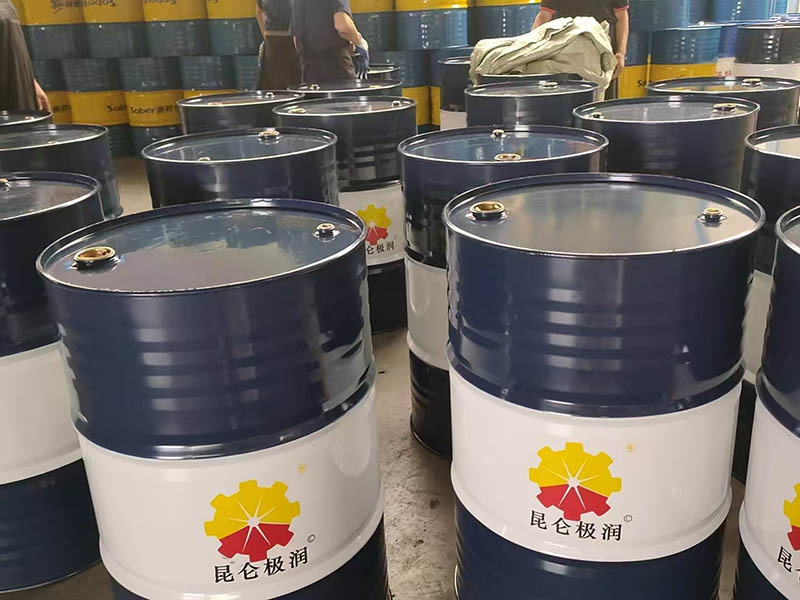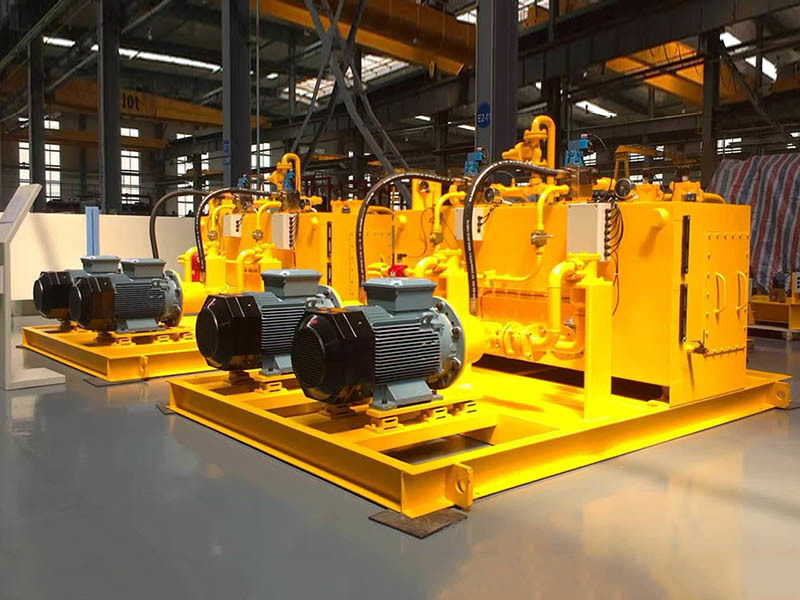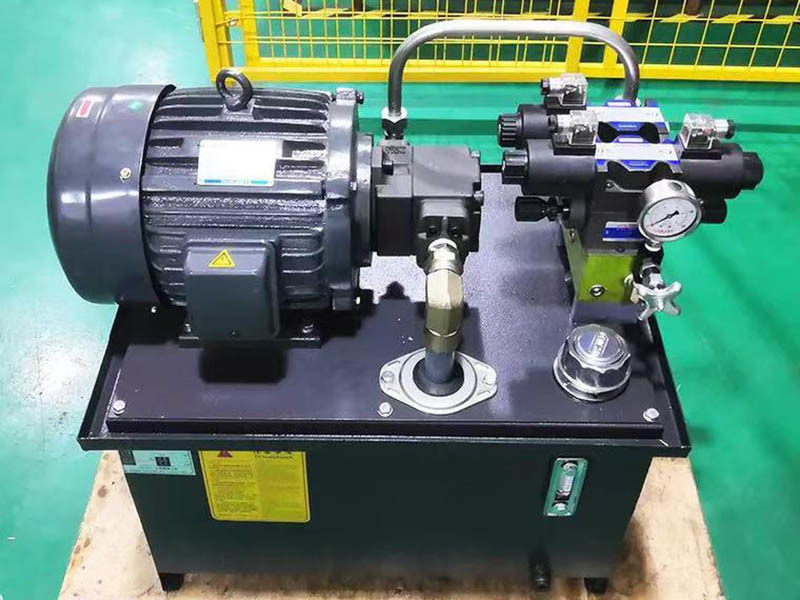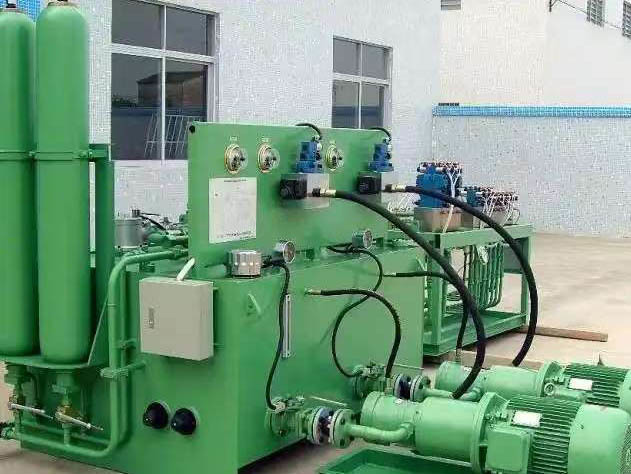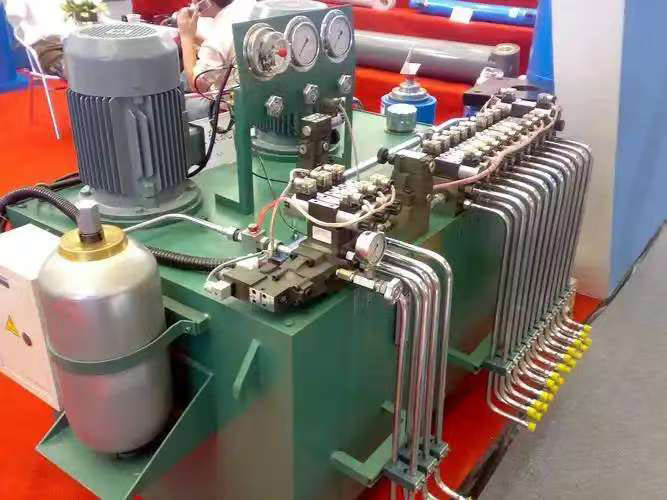Hydraulic cylinder
Category:
E-mail:
Hydraulic cylinder is a type of pressure finishing process that utilizes the cold plasticity characteristics of metal at room temperature. It applies a certain pressure to the surface of the workpiece using rolling tools, causing plastic flow of the metal on the surface of the workpiece and filling it into the original residual low concave valleys, thereby reducing the roughness value of the workpiece surface. Due to the plastic deformation of the surface metal being rolled, the surface structure undergoes cold hardening and grain refinement, forming a dense fibrous structure and residual stress layer. This increases the hardness and strength, thereby improving the wear resistance, corrosion resistance, and fit of the workpiece surface.
The working principle of almost every type of cylinder is similar. Take a manual jack as an example, the jack is actually the simplest oil cylinder. By manually increasing the pressure (hydraulic manual pump), hydraulic oil enters the cylinder through a one-way valve. At this time, the hydraulic oil entering the cylinder cannot be reversed due to the single valve, forcing the cylinder rod to move upwards. Then, during the process, the hydraulic oil continues to enter the cylinder, continuously rising. When it needs to be lowered, the hydraulic valve is opened to return the hydraulic oil to the oil tank. This is the simplest working principle, and everything else is improved on this basis. The principle of the cylinder is basically the same as that of the oil cylinder.
key word:
Hydraulic cylinder
Packaging and Shipping
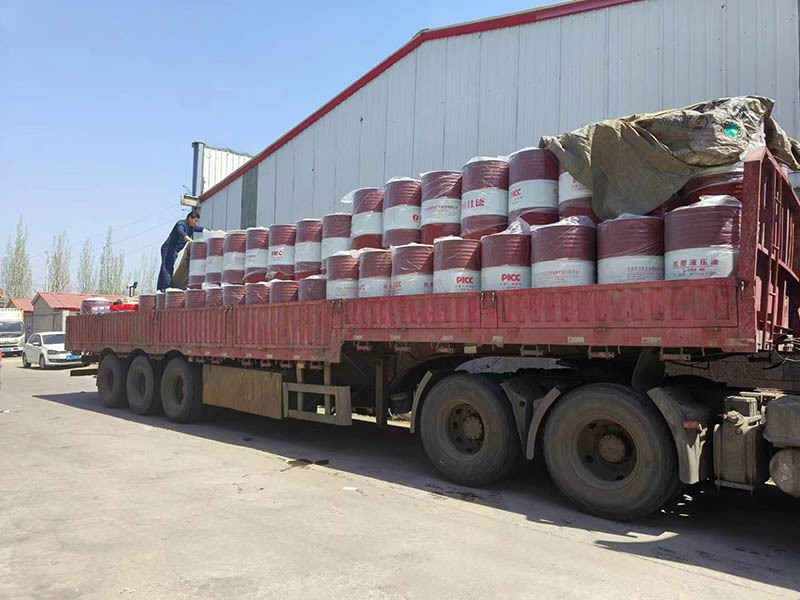
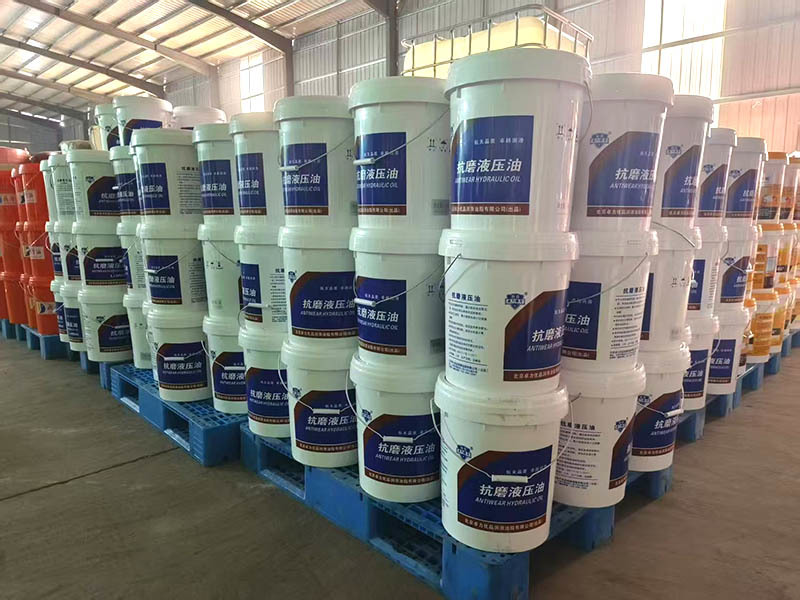
FAQ





